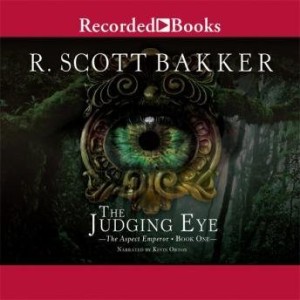In February we took a look at the different kinds of love that characters can experience, and the importance of allowing characters to feel love. Whether that’s romantic love, love for family, love for friends, love for a belief or a cause, or any of the other myriad forms of love, stories convey intense emotion when it’s clear the characters care strongly for something or someone.
In April we’re taking a look at the other side of the equation: conflict.
If a character strongly loves something, but there’s no threat to that thing, there’s no conflict and no story. If a character strongly loves someone, and the other person returns the feeling without obstacle or hindrance, there’s no conflict and no story. If a character passionately believes in a cause, and immediately puts that cause into effect, there’s no conflict and no story.
A strong conflict is essential to a strong story. It’s hard to keep a reader’s interest when the characters don’t face any challenges, and there’s nothing to stop them from doing, having, and enjoying what they want.
Just as there’s many different types of love, there’s many different types of conflict. Conflict can run the gamut from actual combat to a character trying to come to terms with her own thoughts on a subject. Stories can include more than one conflict. For example, two members of the superhero team might be rivals, fighting against one another to be chosen as team leader, while also fighting villains.
Conflict can include:
Fights against an antagonist adversary, whether that be a single villain, a government system, an opposing nation, a bully, a competing love interest, a series of foes, or a concept such as criminality or evil.
Rivalries
Physical fighting, ranging from one-on-one to armies in combat
Contests (sports games, chess matches, spelling bees, races…)
Arguing (fighting through communication, whether it be spoken, online, a series of gestures, etc)
Conflicting ideas or philosophies
Obstacles preventing the lovers from getting together, or the hero from enacting her master plan, or the apprentice from reaching his goal
A character struggling to survive against nature (ie natural disaster, trekking across the wilderness, being abandoned to the elements)
A character fighting to overcome (or live with) a disease or illness
Internal conflict. This occurs when the conflict is in a character’s own mind. Examples include ethical dilemmas, characters raised in one culture, faith, or belief system questioning whether what they’d always believed is in fact correct, or a character wondering if his current course of action is what he truly wants to be doing.
This month we’re going to talk about the different kinds of conflict, how to write about conflict, how to make conflict believable, and how to tackle conflicts you as the writer haven’t personally experienced. Take up your shields (or your swords) and prepare to defend that which you love.


